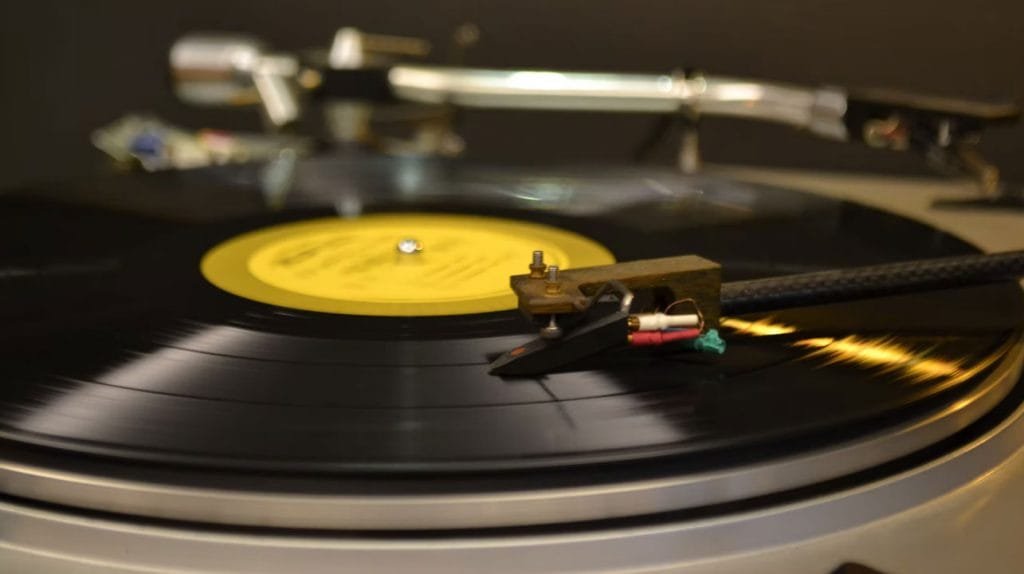Setting up a new turntable is an enormously fun project to get stuck into. And, it’s really not as tricky as you may have thought, whether you’ve just bought one of the best record players available today (and all the modern trappings they come with), or you want to revamp an older model that needs a little TLC.
Many modern turntables come with all manner of nifty features, including Bluetooth connectivity for pairing with wireless headphones and speakers, and even USB outputs for ripping your vinyl to your computer.
Aside from these extra mod cons, all turntables feature intricate, moving parts – and that can be a little daunting. That’s why we’ve put together this easy guide on the best way to set up a turntable.
It’s worth noting that many cheaper modern turntables come pre-assembled, so you should be ready to play your music straight out of the box; however, the further up the price band you go, the more likely it is that you’ll have to set up your new turntable yourself.
For the purposes of this guide, we’ve assumed that you need to assemble your new record player from scratch – and don’t worry, it’s not as fiddly as it looks.
Whether you need to assemble your turntable or not, it’s a good idea to become familiar with the different parts of the record player.
Plinth
The plinth or ‘support’ is the base of the turntable. As well as providing a base for everything to sit on, the plinth is designed to dampen or absorb vibrations that negatively affect the sound quality of the turntable.
It’s important that the plinth is sat on a completely level surface, as you’ll need to balance your tonearm when it comes to setting up the turntable and a sloped surface can throw it off kilter. Some turntables come with adjustable feet for this reason.
Platter
The platter is the circular part of the turntable that spins and where you put your record. Most platters come with a mat made of rubber or felt to reduce vibration and protect your precious vinyl.
Belt drive
The two most commonly used types of turntables are belt driven turntables, and direct drive turntables. The latter are usually used by DJs who need to be able to ‘scratch’ and play their records backwards, while belt-driven turntables are normally used for home listening.
Tonearm
The tonearm is the part of the turntable that guides the stylus (also known as the needle) through the grooves on the vinyl. It needs to be carefully balanced to ensure the stylus sits correctly in the groove without veering towards either side.
Cartridge
The cartridge attaches to the end of the tonearm and contains the stylus, which sits in the microgrooves of the record. As the platter spins the record, vibrations travel through the stylus and into the cartridge, where coils in a magnetic field convert the kinetic energy from these vibrations into an electrical signal.
The stylus is usually made from a tiny piece of diamond attached to a flexible metal strip, although materials like ruby, sapphire, boron, and even cotton fibre can be used as well.
Pre-amplifier
The pre-amplifier (also known as the phonostage) amplifies the electrical signals from the cartridge, boosting the signal so that you hear music when it finally reaches the speakers. Many consumer record players come with an amplifier built in, but high-spec, audiophile turntables usually require an external pre-amplifier to be connected via RCA cables.
Setting up your record player
Firstly, you’ll need to connect the different parts of your turntable setup together. If you are using an external pre-amplifier, you’ll need to plug it into the turntable’s output port using an RCA cable.
If the preamp comes built into the turntable, you’ll be able to plug your speakers into the back directly. Check out our roundup of the best stereo speakers if you need some inspiration.
